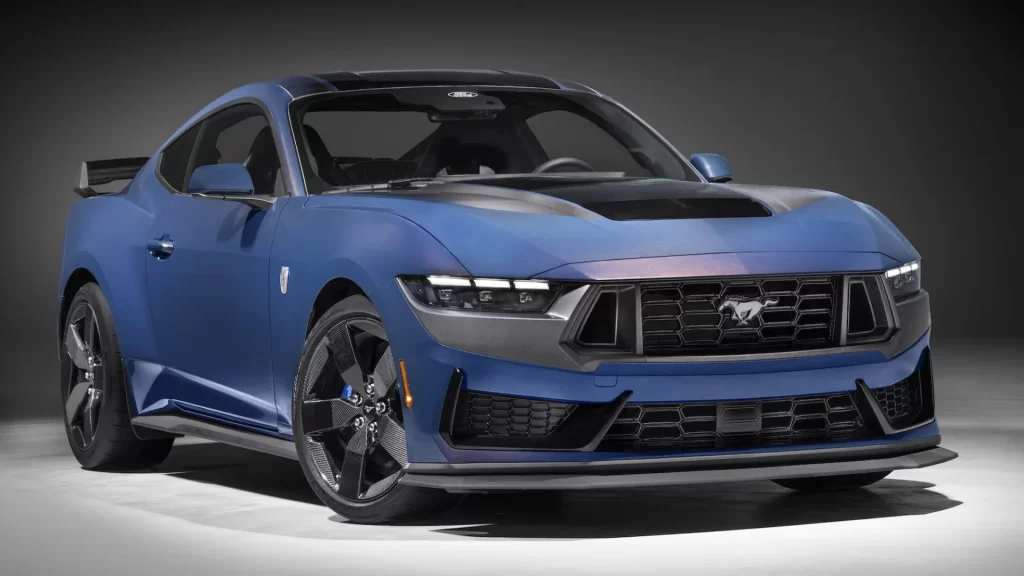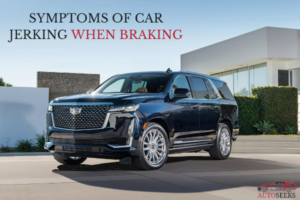Muscle cars have long been emblematic of American culture. Their roaring engines, powerful designs, and the sheer freedom they represent have made them icons both on and off the big screen. Hollywood, always keen on tapping into popular culture, hasn’t been shy about featuring these powerful machines in its films.
Whether driven by the hero, the villain, or a side character, the presence of a muscle car is often symbolic, representing a myriad of things from rebellion and power to freedom and status.

Table of Contents
Influence of muscle cars in movies
One cannot discuss the influence of muscle cars in movies without diving into the realm of branding and identity. When people think of cars and branding, their minds immediately jump to car logos, which often carry a prestige.
For many, these logos symbolize more than just a brand; they represent a lifestyle, a personal statement, and even an aspiration.
A perfect example of this is the Ford Mustang. The Mustang’s iconic emblem and its association with power and freedom. Remember Steve McQueen’s breathtaking chase scene in ‘Bullitt’?
The dark green 1968 Mustang GT became as much of a character in the film as McQueen himself. Its raw power, combined with McQueen’s driving prowess, made for an unforgettable scene that has since become legendary.
Moving along, let’s shift our focus to a somewhat unconventional branding technique. Imagine a world where branding wasn’t just about the logo on a car but extended to a unique blend of motifs.
The horse logo car comes to mind, melding the power and grace of a stallion with the machinery of a vehicle. This concept isn’t too far-fetched when you look at brands like Ferrari, whose emblem features a prancing horse.
Such branding not only elevates the car’s status but also makes it more memorable in films. Who could forget the image of a bright red Ferrari speeding along Miami’s coastline in movies like ‘Miami Vice’ or ‘Bad Boys’?
Dodge Challenger is another muscle car that has left an indelible mark in cinematic history. Its sleek design and unmatched power have made it a favorite among movie directors. Whether it’s tearing up the streets in ‘Vanishing Point’ or evading capture in ‘Death Proof’, the Challenger’s presence is always felt, even when it’s not the central focus.
Of course, the discussion would be incomplete without mentioning the Chevrolet Camaro, especially its standout appearances in the ‘Transformers’ series. Bumblebee, the yellow Camaro, not only served as Sam Witwicky’s protector but also became an emblem of the bond between man and machine.
Its iconic stripes and roaring engine have since become synonymous with the franchise, making the Camaro one of the most recognizable muscle cars in movie history.
Indeed, the allure of muscle cars in film is not just about the cars themselves, but about the emotions and narratives they evoke. These vehicles are often intertwined with pivotal moments in a film’s plot, from high-octane chases to moments of introspection and revelation.
As viewers, we’re not just enthralled by the beauty and power of these machines; we’re drawn to the stories they tell and the journeys they undertake.
Furthermore, muscle cars also serve as a bridge between generations. While they have their roots in the 1960s and 70s, they continue to capture the imagination of younger audiences today. This timeless appeal is a testament to their enduring charm.
Parents and grandparents share tales of their favorite muscle cars, either from personal experiences or iconic movie scenes, fostering a shared appreciation among multiple generations.
In a rapidly evolving world of electric vehicles and self-driving cars, the raw, unbridled power of a muscle car stands out, reminding us of a simpler, yet exhilarating era of automotive history.
Lastly, as cinema evolves, so does its portrayal of muscle cars. With advancements in technology, filmmakers can now showcase these vehicles in even more thrilling and visually captivating ways.
Whether it’s through intricate CGI sequences or immersive virtual reality experiences, the muscle car’s role in film promises to grow and adapt. As we look to the future, it’s exciting to imagine how these iconic vehicles will continue to roar, race, and resonate on the silver screen.
In conclusion, the fusion of muscle cars with cinema creates a powerful combination that resonates deeply with audiences. These vehicles, with their roaring engines and sleek designs, become characters in their own right, driving the plot forward, both literally and figuratively. Whether it’s through the prestige of car logos or the sheer power that these vehicles exude, muscle cars will continue to captivate moviegoers for years to come.
FAQs
Q1: Besides the Charger, what other muscle cars are legendary in film?
There are tons! Here are a few standouts:
1. 1968 Ford Mustang GT 390 in Bullitt
2. 1970 Dodge Charger in The Fast and the Furious (2001)
3. 1973 Ford Falcon XB GT in Mad Max (1979)
Q2. What other notable muscle cars have graced the silver screen?
It includes the 1970 Dodge Charger R/T, the 1967 Chevrolet Camaro SS, and the 1971 Chevrolet Nova SS.
- Understanding the Leading Causes of Car Accidents in 2025 - November 18, 2025
- How to Spot a Great Deal on a Car for Sale in NSW - October 31, 2025
- How to Choose the Right Used Car Dealership in NSW - October 31, 2025


